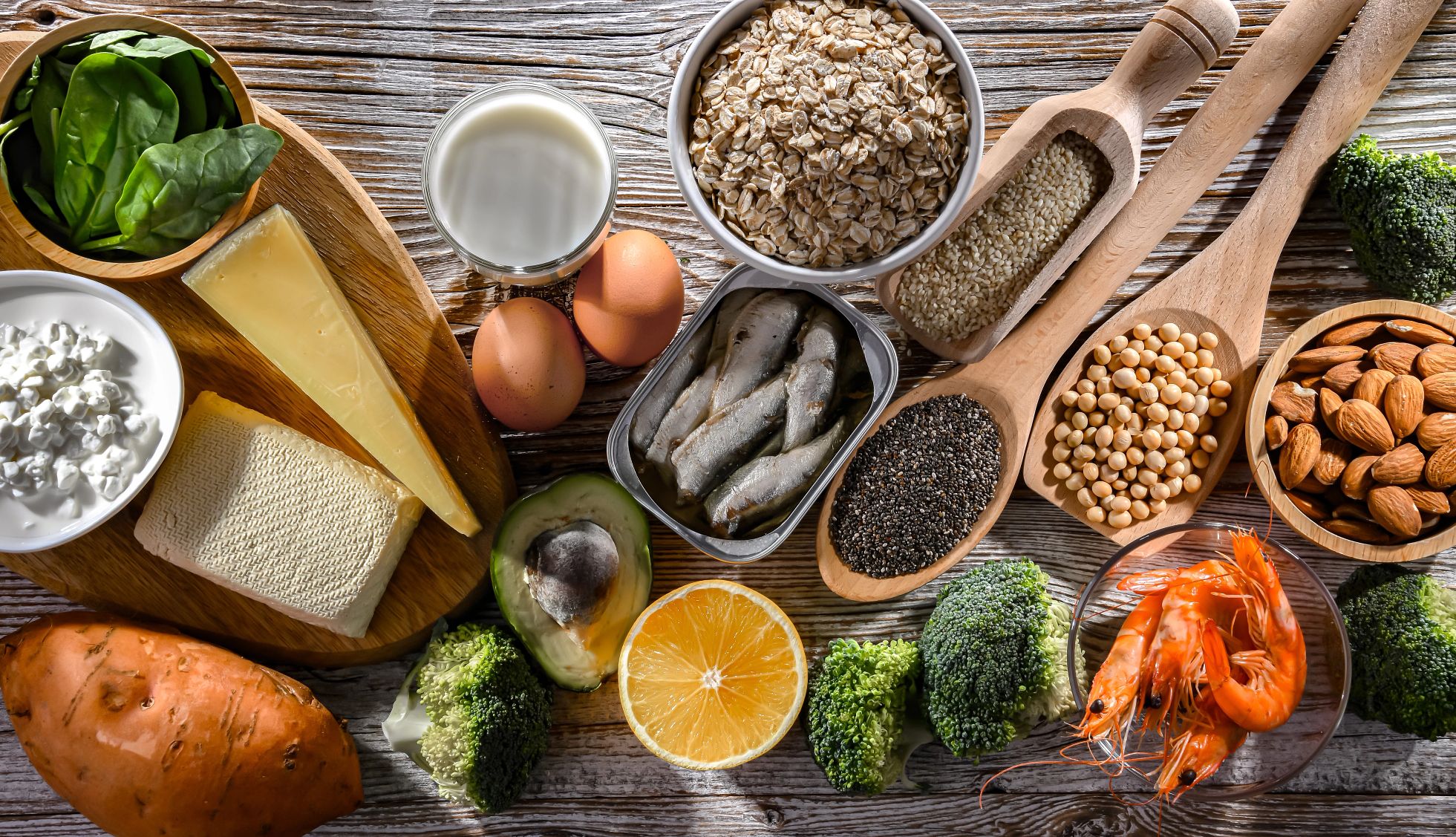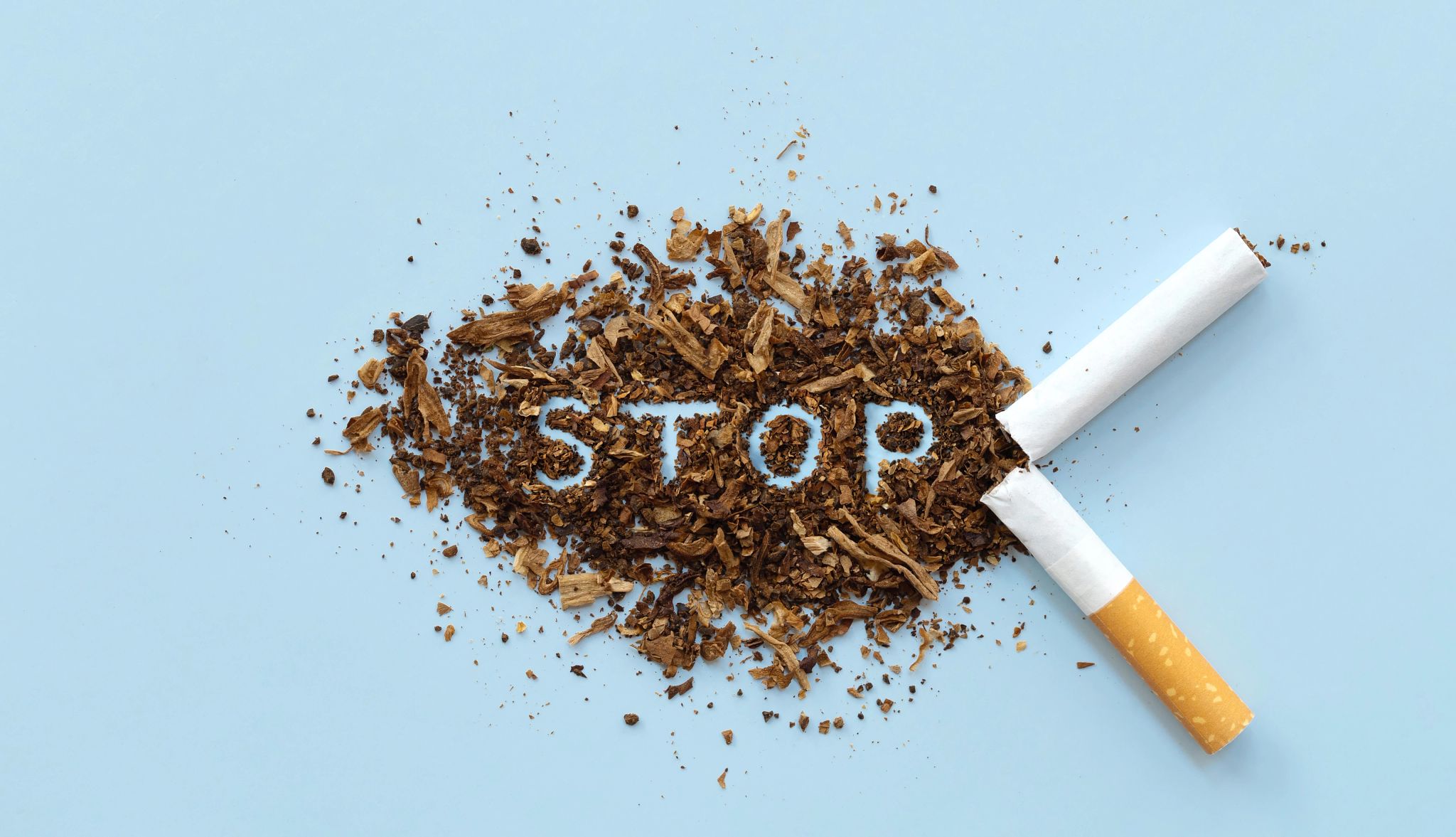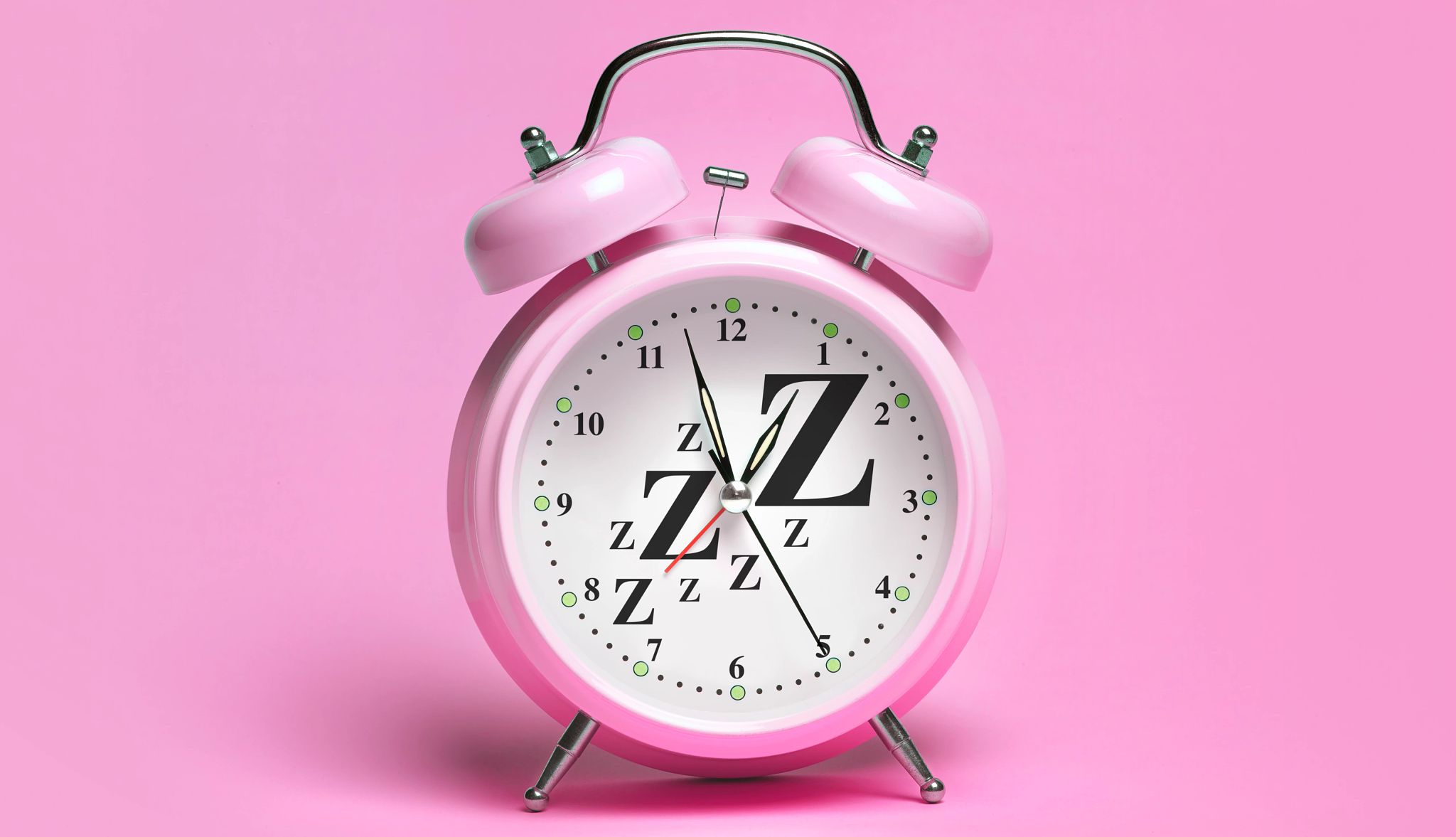AARP Hearing Center


When you think about staying healthy, you might focus on diet, fitness or your mental well-being, but how often do you think about your bones? As we age, our bones naturally lose density and strength.
While women’s bone density frequently takes a big dip at menopause, many medical conditions can accelerate bone loss for both men and women, even outside of the hormonal changes that occur with aging. The loss of bone mass can lead to osteoporosis — a condition where bones become thin and are much more likely to break. Two million older Americans break a bone every year because of osteoporosis. Nearly half of those who break a hip never fully regain their mobility. Even more troubling, research shows that the risk of dying within a year of a hip fracture is as high as 30 percent.
Fortunately, bones are living tissue that can rebuild and adapt over time, so there are ways to protect them. Here’s how to keep your bones strong and healthy as the years go by.


WHERE TO START
1. Understand your calcium intake
Calcium is the cornerstone of bone health, but your body can’t make it on its own. Your body gets calcium from foods, drinks and supplements you consume, and then stores it in your bones to make them stronger. If you don’t get enough through your gut, your body pulls the calcium it needs from your skeleton, weakening it over time and causing osteoporosis, says Harold Rosen, M.D., director of the Osteoporosis Prevention and Treatment Center at Beth Israel Deaconess Medical Center. The National Institutes of Health’s (NIH) Office of Dietary Supplements recommends 1,000 mg a day of calcium through a combination of diet and supplements for men ages 51-70, and 1,200 mg a day for women over 50 and everyone over 70.
2. Prioritize calcium from food
While supplements can help, research shows that eating calcium-rich foods may have a greater impact on bone-building than taking supplements, says Marc Wein, M.D., an associate professor at Harvard Medical School and an endocrinologist at Massachusetts General Hospital who researches osteoporosis. Dairy products like milk, cheese and yogurt are rich sources of calcium, but you can also get it from leafy greens, almonds, tofu and canned salmon, along with fortified foods such as orange juice or plant-based milk. Aim for three to four servings of calcium-rich foods per day, Wein says.
3. Consider a calcium supplement
Because too much calcium can cause problems such as kidney stones, medical professionals recommend tracking your dietary calcium intake for a few days. If the total is less than 1,000 mg, consider adding a supplement to help fill the gap during a time of day when you’re consuming less calcium, Wein suggests.
4. Try calcium citrate for fewer side effects
Calcium carbonate products such as Caltrate 600, Os-Cal 500 and Viactiv are the most common and budget-friendly calcium supplements, but you must take them with food. They’re also not recommended if you take acid-reducing heartburn medication, because their absorption requires an acidic stomach environment. Plus, in some people, calcium carbonate can cause nausea, bloating or constipation. If you experience those issues, consider switching to a supplement made with calcium citrate, such as Citracal, Spring Valley Calcium Citrate or Nature Made Calcium Citrate. According to Wein, they’re gentler on the stomach, more easily absorbed and can be taken by those who need to be on acid-reflux medications.
5. Consider alternatives if you can’t take big pills
Many calcium supplements are large pills, which can be challenging for older adults to swallow. But don’t let that prevent you from getting your calcium, Rosen says. Try chewable tablets, powders or gummies, or smaller pills labeled “petites” or “minis.” Liquid calcium supplements are another alternative, he says — they’re often easier to tolerate, and you can start with a smaller dose. “If you can get 100 mg, you’re still better off than if you hadn’t gotten anything,” Rosen says. It’s also important to look at the nutrition facts of your other supplements. Multivitamins, for example, may have low doses of calcium that count toward your daily total intake.
6. Spread out your calcium intake
According to the NIH, calcium is best absorbed in single doses of 500 mg or less. So it’s best to spread your intake throughout the day, says Laura Calvi, M.D., past president of the American Society for Bone and Mineral Research and professor of medicine at the University of Rochester. Try incorporating calcium-rich foods into each meal and snack. Enjoy yogurt at breakfast, snack on almonds at lunch, and add leafy greens like kale or spinach to dinner. If you take a supplement, opt for a smaller dosage and take two pills at different times of day, Calvi suggests.


EXERCISING FOR BONE HEALTH
7. Spend less time sitting, more time moving
Research shows that regular physical activity is essential for maintaining strong bones. A 2023 study published in Nature that analyzed nearly 10,000 Americans found those who were more active had significantly better bone density compared to their sedentary counterparts. The CDC recommends 150 minutes of moderate-intensity physical activity a week — or 30 minutes a day for five days — as well as two strength-training sessions each week.
8. Prioritize weight-bearing exercise
Weight-bearing exercises that require you to fight against gravity are the key to strong bones, says Greg Hartley, a board-certified geriatric physical therapist and associate professor at the University of Miami. Because bone is living tissue, it builds mass in response to forces placed upon it. Almost all exercises are considered weight-bearing, Hartley says, with the exception of swimming and fully seated cycling. So whether it’s brisk walking, dancing or gardening, find an activity you love and make it a regular part of your routine.
9. Embrace strength training
Strength training also fortifies your skeleton by stimulating bone growth, says Gillian Wooldridge, D.O., a sports medicine physician at Houston Methodist. One review that analyzed 59 studies on different types of exercise and their impact on the bone health of older adults found that programs with resistance training were among the most effective. You don’t have to lift heavy weights at the gym — simple moves that use your body weight, such as squats, deadlifts and push-ups, can work. The trick is to gradually increase the intensity by adding repetitions or additional weight, Wooldridge says. Aim for two to three sessions a week, focusing on all the major muscle groups. It’s important to note that older adults who are new to weight training should be taught how to use the equipment or be supervised to avoid injuries.
10. Build leg strength with wall sits
Strong quadriceps (the large muscles on the front of your thighs) play a crucial role in preventing falls, especially as we age, Hartley says. The quadriceps help with stability, balance and control during movements such as standing, walking and getting up from a seated position. A great exercise for these muscles is the wall sit, Hartley says. (Be sure to get assistance if you need it.) Lean against a wall with your feet in front of you until your back is flush against the surface. Slide down until your knees form a 90-degree angle (or as far as you can go comfortably), then push yourself back up. Aim for 10 repetitions, take a break, and then do another set of 10.































.jpg?crop=true&anchor=13,195&q=80&color=ffffffff&u=lywnjt&w=2008&h=1154)





































You Might Also Like
25 Great Ways to Build Healthy Habits
These tips can help create changes that positively impact your well-being for years to come25 Great Superfoods for Longevity
Delicious foods tied to lower risk of disease and death
Try These Tips for Living a Healthier Life
Small changes can add up to big mental and physical results